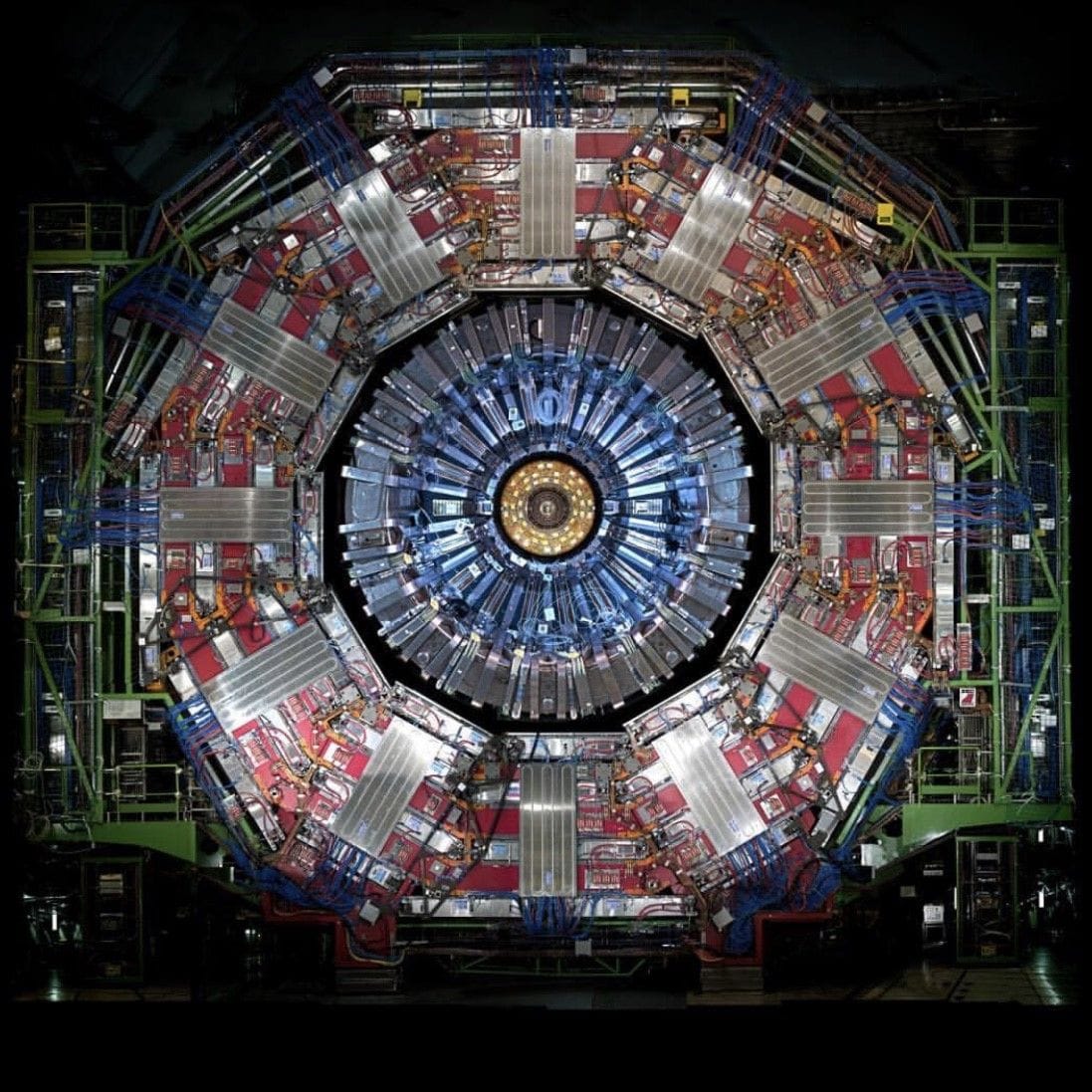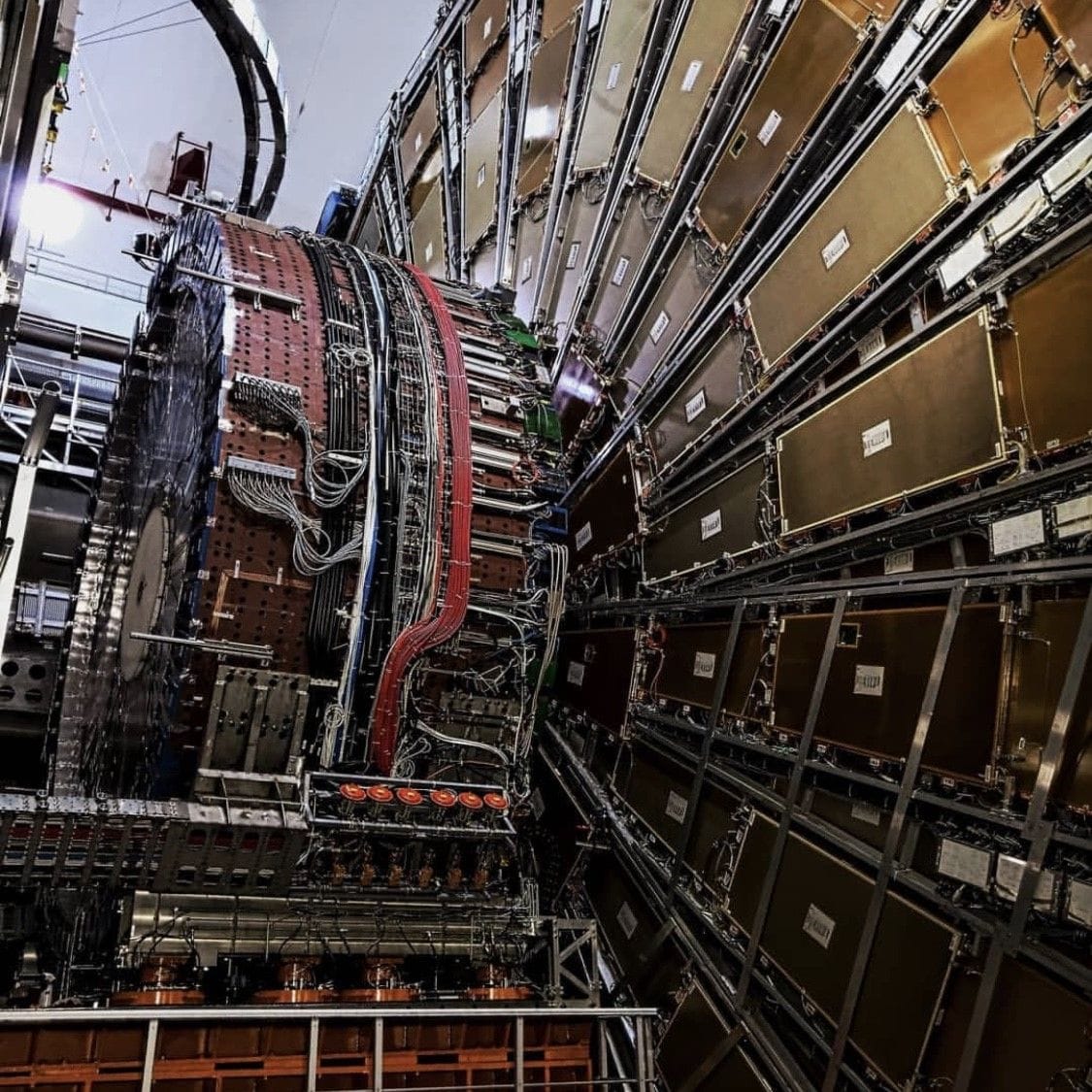- Government of Montenegro
Ministry of Education, Science and Innovation Montenegro plays an equal part in CERN detector de...
Montenegro plays an equal part in CERN detector development for the first time

On 18 November 2019, the Collaboration Board of CERN-based RD50 Science Collaboration (Radiation hard semiconductor devices for very high luminosity colliders), which includes more than 60 institutions from around the world, unanimously supported an application of scientists from the University of Montenegro.
On 18 November 2019, within the XXXV workshop of CERN-based RD50 Science Collaboration, at the meeting of Collaboration Board, physics professor and international expert in the field of elementary particle physics and detector engineering, Prof. Gordana Laštovicka-Medin, held a presentation at the invitation of CERN-RD50 Collaboration, presenting a group of scientists from the University of Montenegro that she coordinates, as well as the group programme.
With unanimous adoption of the application of the University of Montenegro by Collaboration Board of RD50 Science Collaboration, the University of Montenegro has become a full member of RD50 Science Collaboration.
For the first time in history of the country, Montenegrin scientists will take part, as a national team, in the development of silicon detectors for the existing and future hadron colliders. The group of scientists from the University of Montenegro will be involved in the development of state-of-the-art sensors needed to upgrade the detectors on ATLAS and CMS experiments.


By taking part in RD50 Collaboration, not only will the scientists from Montenegro work on the analysis of data measured via CERN detectors, but they will also take an active role in the process of building new hadron colliders.
A particularly active role of Montenegro is expected in R&D on Low Gain Avalanche Detector (LGAD), which will be the key component of CMS and ATLAS experiments. LGAD has been recently developed within RD50 Collaboration, and its sensors developed within RD50 are applicable in medicine as well (CT-scanning as part of hadron therapy).
Research projects of CERN-based RD50 Collaboration are related to innovation, development and production of state-of-the-art detectors, resistant to high-level radiation, with exceptional space-time resolution that would enable better sensitivity in detecting the existing particles, higher precision in measuring and discovery of new particles, which was not possible with the technologies used so far.
